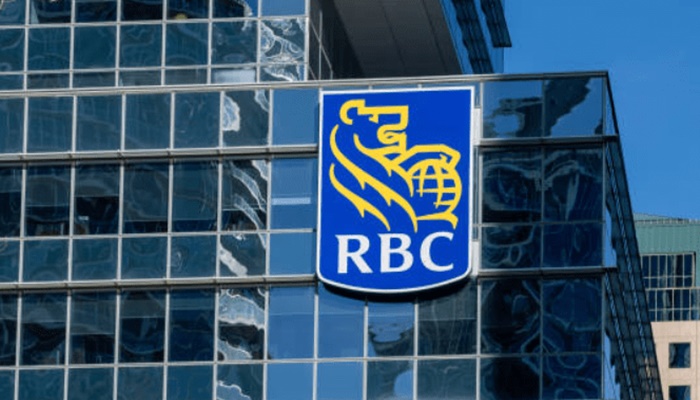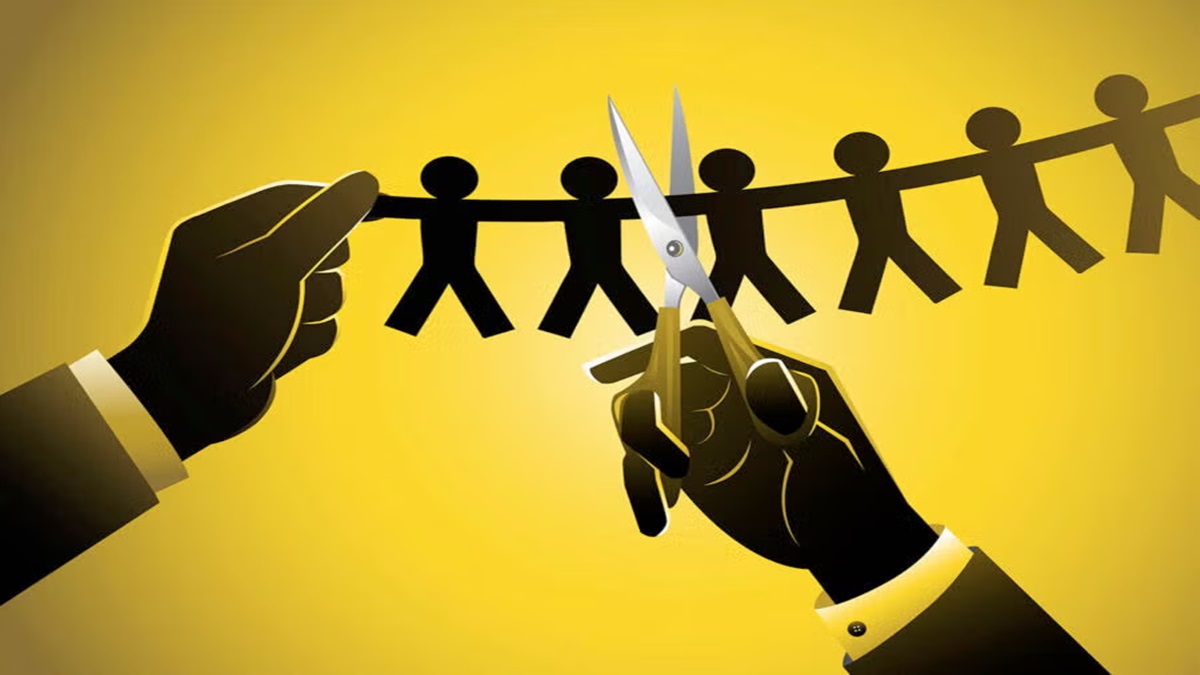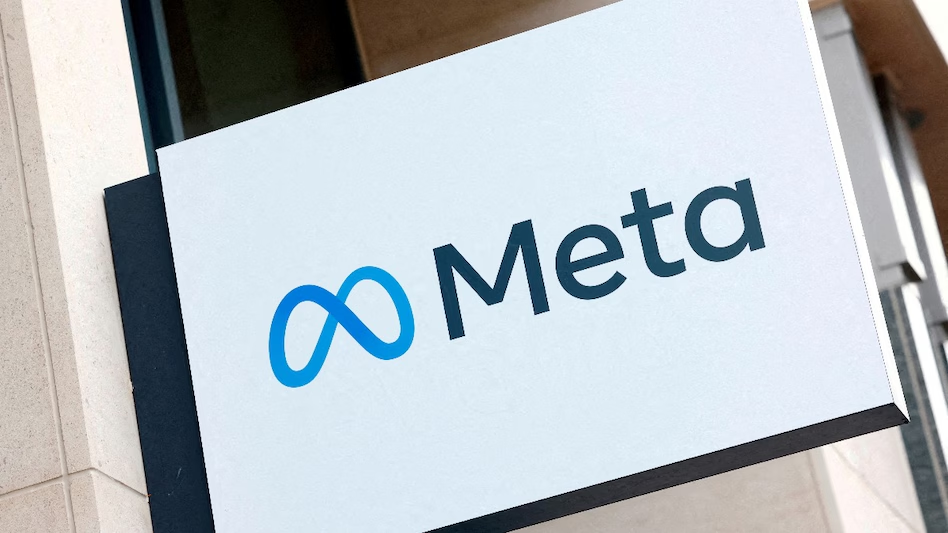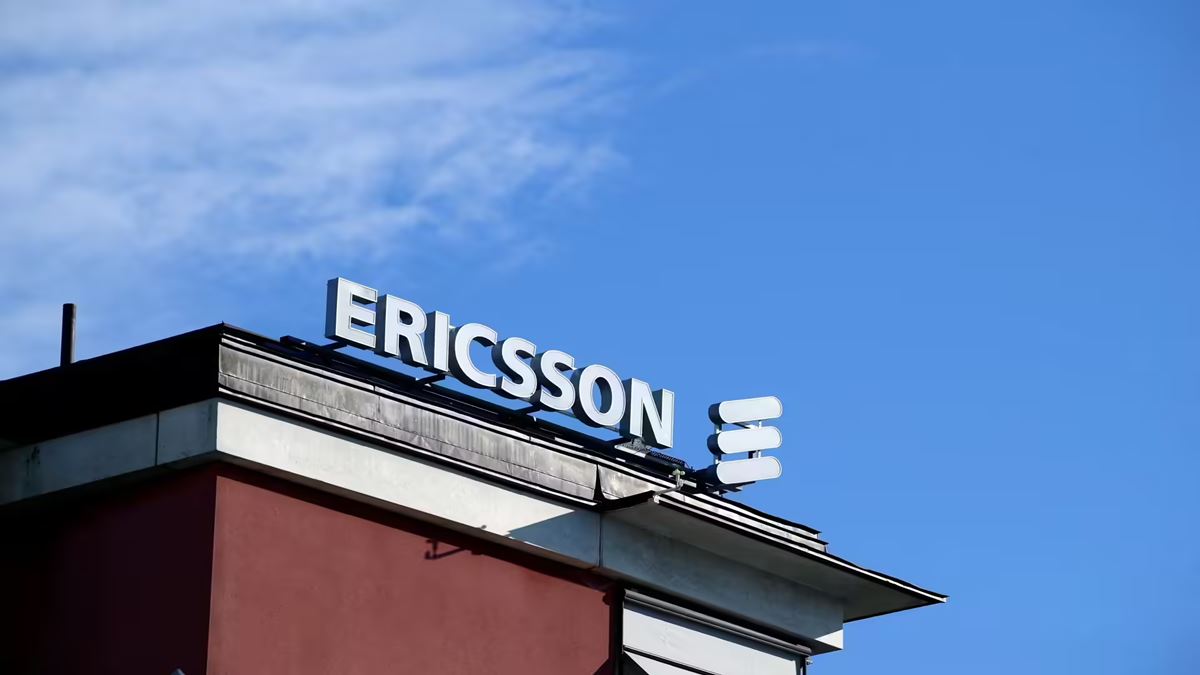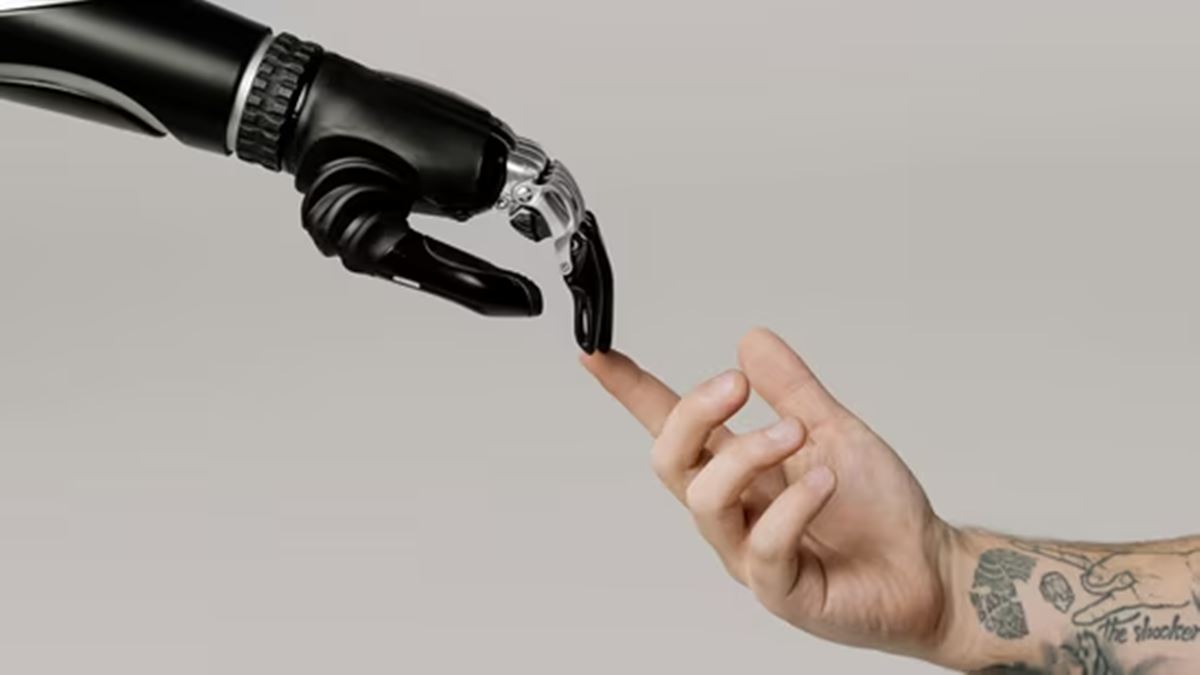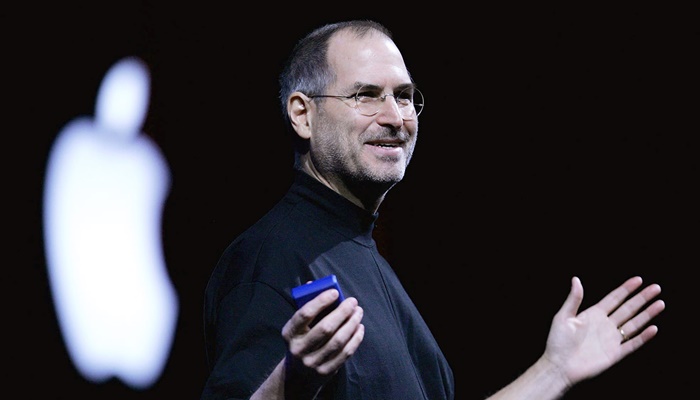Working at Apple during Steve Jobs’ tenure was not for the faint-hearted. Known for his demanding nature, Jobs created an environment where even a simple elevator ride could determine an employee’s future. Michael Dhuey, a key engineer on both the Macintosh II and the original iPod, recalls how intense those days could be. Jobs’ blunt approach and high standards made working at Apple both a privilege and a pressure-cooker experience.
The Elevator Fear: A Career on the Line in Seconds
One of the most vivid memories shared by Dhuey is the anxiety that Apple employees felt whenever they found themselves in an elevator with Jobs. Dhuey explains that if you entered the elevator at the 4th floor, you had until the 1st floor to impress Jobs with a response to his question, “What are you working on?” A good answer could save your career, but a mediocre one might lead to a swift dismissal. The fear of this interaction was so real that employees started preparing answers ahead of time, hoping to avoid an awkward silence or, worse, a negative impression.
This level of intensity was typical of Jobs, who didn’t suffer fools lightly. Dhuey remembers how Jobs would often cut meetings short if they bored him, bluntly stating, “I don’t need to see this, let’s move on.” His impatience and focus on efficiency left little room for mediocrity or small talk, reinforcing the high-pressure culture at Apple.
Jobs’ Directness and Relentless Drive for Excellence
Jobs’ leadership style was marked by an uncompromising pursuit of perfection. Dhuey, who co-invented the Macintosh II and contributed to the development of the iPod’s hardware, describes Jobs as “very clear about what he didn’t like.” He was known for his brutal honesty, which often came across as harsh criticism. Jobs could be so direct that he once told an employee, “What you’re doing is crap.” This no-nonsense approach to feedback was part of what made Jobs both revered and feared by his team.
Despite his tough exterior, Dhuey recalls that Jobs’ standards were matched by his innovative vision. He was deeply involved in the design of Apple products, often pushing for sleek, quiet devices that reflected his own preferences. For example, when the iPod was in development, the team had to ensure that the device’s volume could meet Jobs’ needs, given his hearing loss. Dhuey explains that “we had to balance his need for volume with a French law against things that were too loud.” This attention to detail, even in early prototypes, shows just how hands-on and particular Jobs was in his product design.
Apple Under Tim Cook: A Shift in Leadership and Work Culture
The transition from Jobs’ intense leadership to the more flexible work culture under Tim Cook is striking. Today, Apple has embraced remote work, a significant shift from the past when employees were expected to be physically present at all times. Cook himself admits that he often works from home on Fridays, with Apple Park nearly empty that day. This shift in leadership reflects broader changes in the workplace, with companies increasingly moving away from the authoritarian styles that once dominated corporate culture.
However, while the work environment has become more relaxed under Cook, the tension between maintaining high standards and accommodating modern work styles remains. The younger generation of employees, particularly Generation Z, is less inclined to endure the pressure that characterized Jobs’ era. Practices like “quiet quitting“—where employees do the bare minimum—have become common, with 95% of younger professionals feeling comfortable bending the rules at work.
This new approach to work culture stands in stark contrast to the high demands Jobs imposed on his team, highlighting a fundamental shift in attitudes toward work and productivity.
Reflecting on Jobs’ Impact: Success and Struggles
Steve Jobs’ impact on Apple is undeniable, but his journey was not without struggles. After being ousted from Apple in 1985, Jobs founded NeXT, a company that failed to achieve the same level of success as Apple. The computers produced by NeXT were expensive and did not meet the demands of the mainstream market. By 1993, NeXT had only sold about 50,000 machines. However, in 1996, Apple acquired NeXT for $429 million, bringing Jobs back to the company where he would lead its remarkable resurgence.
Dhuey reflects on this period, noting that while Jobs’ return to Apple brought immense success, his time at NeXT was not as fruitful. “As much as he had success with his return to Apple, he didn’t have that level of success with NeXT,” he observes. Despite the media’s portrayal of Jobs as the singular visionary behind Apple’s success, Dhuey emphasizes that Apple’s growth was a collective effort, not solely the result of Jobs’ leadership.

